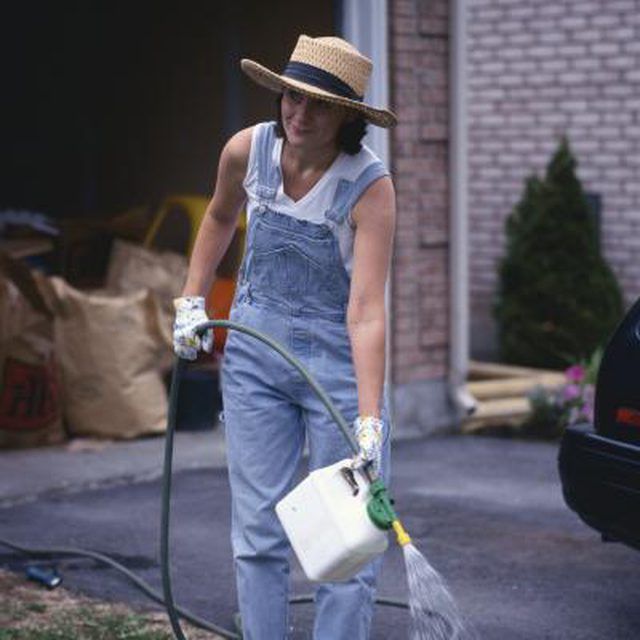Bulbs
Flower Basics
Flower Beds & Specialty Gardens
Flower Garden
Garden Furniture
Garden Gnomes
Garden Seeds
Garden Sheds
Garden Statues
Garden Tools & Supplies
Gardening Basics
Green & Organic
Groundcovers & Vines
Growing Annuals
Growing Basil
Growing Beans
Growing Berries
Growing Blueberries
Growing Cactus
Growing Corn
Growing Cotton
Growing Edibles
Growing Flowers
Growing Garlic
Growing Grapes
Growing Grass
Growing Herbs
Growing Jasmine
Growing Mint
Growing Mushrooms
Orchids
Growing Peanuts
Growing Perennials
Growing Plants
Growing Rosemary
Growing Roses
Growing Strawberries
Growing Sunflowers
Growing Thyme
Growing Tomatoes
Growing Tulips
Growing Vegetables
Herb Basics
Herb Garden
Indoor Growing
Landscaping Basics
Landscaping Patios
Landscaping Plants
Landscaping Shrubs
Landscaping Trees
Landscaping Walks & Pathways
Lawn Basics
Lawn Maintenance
Lawn Mowers
Lawn Ornaments
Lawn Planting
Lawn Tools
Outdoor Growing
Overall Landscape Planning
Pests, Weeds & Problems
Plant Basics
Rock Garden
Rose Garden
Shrubs
Soil
Specialty Gardens
Trees
Vegetable Garden
Yard Maintenance
The Best Fertilizer to Make Your Lawn Green
The Best Fertilizer to Make Your Lawn Green. Like all plants, turf grass needs nutrients to thrive. The most important nutrient for grass is nitrogen, followed by potassium and then phosphorous. Additionally, fertilizer should provide minor nutrients that the soil is deficient in.

Like all plants, turf grass needs nutrients to thrive. The most important nutrient for grass is nitrogen, followed by potassium and then phosphorous. Additionally, fertilizer should provide minor nutrients that the soil is deficient in.
Benefits
Homeowners should have their soil tested every 3 to 5 years. A soil test can tell the nutrient balance of the soil. Homeowners can choose a fertilizer that supplies nutrients that the soil is deficient in.
Function
Nitrogen is the most important element for lawns. Nitrogen in fertilizer promotes vigorous growth and green color. The amount of nitrogen a lawn needs varies among turf grass types.
Features
Phosphorous is important to lawns in smaller amounts to stimulate root growth. Potassium is more important than phosphorous because it helps turf grasses to use nitrogen efficiently.
Significance
Fertilizer is labeled with N-P-K numbers that indicate the ratio of nitrogen, phosphorous and potassium in the fertilizer. The best fertilizers for lawns have high N number, low P number and a moderately-high K number such as 22-3-14, 29-2-5 or 20-4-8.